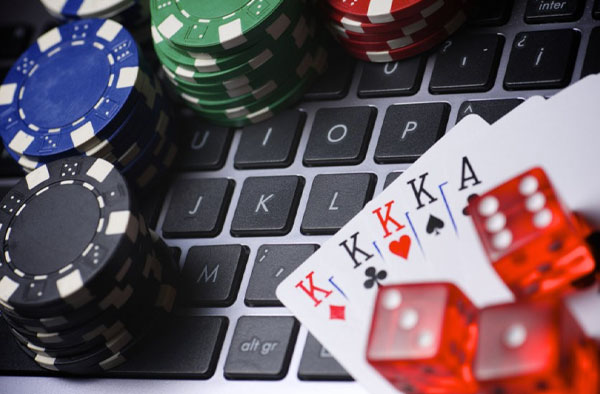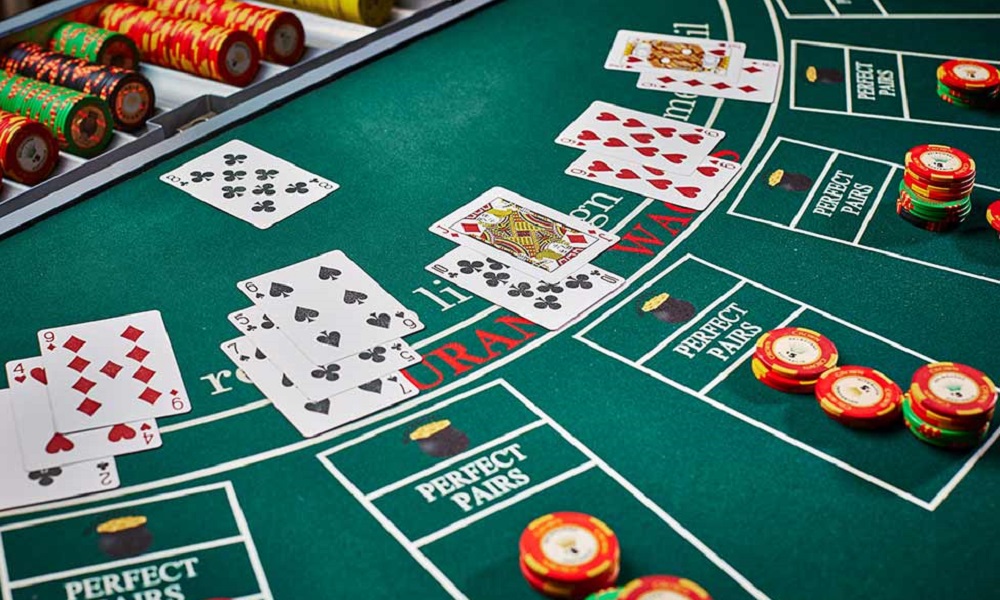Slot symbol frequency follows carefully programmed distribution patterns that balance entertainment value with mathematical house edge requirements, creating the illusion of randomness while maintaining predetermined payout percentages. Game developers assign specific appearance rates to different symbols based on their payout values, with lower-paying symbols programmed to appear more frequently than high-value jackpot symbols. This weighted distribution system ensures games remain profitable while providing enough wins to keep players engaged.
The structure behind symbol patterns in slotxo relies on coded algorithms that manage appearance rates. These systems create the perception of random outcomes while following precise statistical models that guarantee specific return-to-player percentages over millions of spins, explaining why certain symbols consistently appear more often than others.
Symbol frequency mechanics
- Base game symbols receive frequency assignments that inversely correlate with their payout values and contribution to overall returns
- Wild symbols typically appear with moderate frequency to create winning combinations without overwhelming the game’s mathematical model
- Scatter symbols that trigger bonus features are programmed with low frequency rates to control bonus round activation frequency
- Stacked symbol mechanics can temporarily increase the apparent frequency of specific symbols during particular spin sequences
- Near-miss programming ensures that high-value symbols appear adjacent to paylines more often than pure randomness would dictate
- Progressive jackpot symbols maintain extremely low frequency rates to preserve the accumulation periods necessary for large prize pools
Payout calculation systems
Game mathematics determines symbol frequency through inverse relationships where higher-paying symbols appear less frequently to maintain target return percentages. This mathematical necessity explains why jackpot symbols might appear once every few thousand spins while low-value symbols appear multiple times per spin. The precise frequency calculations ensure that the game returns the programmed percentage to players over millions of spins. Return-to-player calculations incorporate symbol frequency and payout values to create balanced gaming experiences that provide regular small wins punctuated by occasional larger payouts. The frequency programming must account for bonus features, special symbols, and multiplier effects to ensure the overall mathematical model remains stable regardless of which features activate during any gaming session.
Design psychology elements
- Frequent low-value wins create positive reinforcement that encourages continued play despite mathematical disadvantage
- Symbol animation and sound effects emphasise certain symbols to create perceived importance regardless of actual frequency
- Colour and visual prominence make some symbols more memorable and noticeable than others during gameplay
- Thematic symbol hierarchies help players understand which symbols they should hope to see more often
- Progressive revelation techniques make rare symbol appearances feel more dramatic and rewarding
Regulatory compliance requirements
Gaming jurisdictions mandate specific standards for symbol frequency disclosure and random number generation, ensuring fair play while allowing operators to maintain profitable business models. These regulations require that advertised return percentages accurately reflect the programmed symbol frequencies over statistically significant sample sizes. Testing laboratories verify that symbol appearance rates match declared mathematical models before approving games for public use. Certification processes examine the relationship between symbol frequency and advertised features to ensure marketing claims align with actual game behaviour, preventing misleading representations about winning chances or symbol appearance rates.








